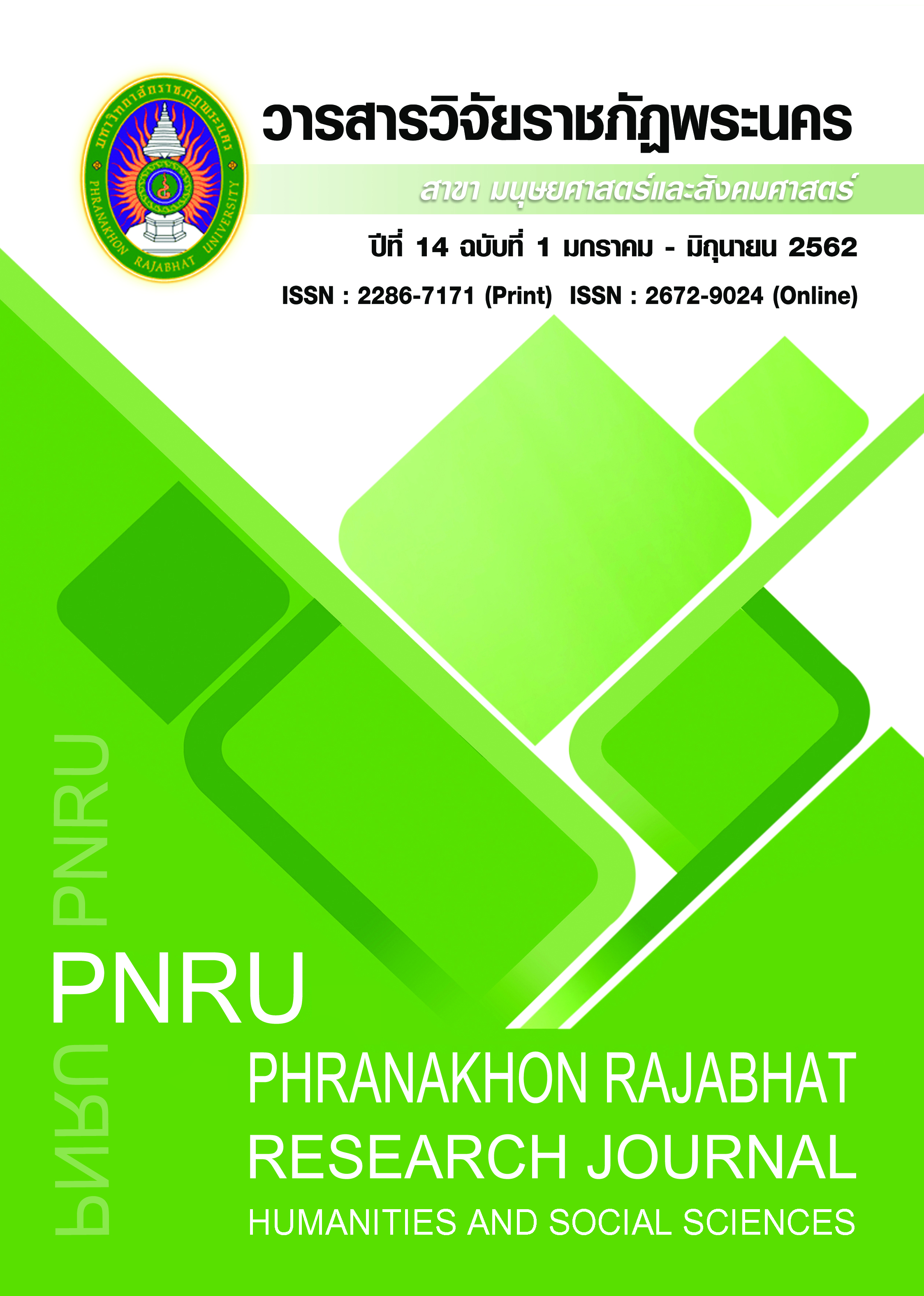HEALTH COMMUNICATION IN LOCAL AREA REGARDING DENGUE HEMORRHAGIC FEVER THROUGH THE MAGAZINE
Main Article Content
Abstract
The research entitle is health communication in the local area regarding to dengue hemorrhagic fever through the magazine. The objectives are to study the production process of dengue hemorrhagic fever content with communication tool and to study the lesson learn of integrated research and teaching media into knowledge-based for health communication in local area regarding to dengue hemorrhagic fever. This research is a mixed method that using qualitative and quantitative lead. Incidentally, the study applies a research result, which is supported by The Thailand Research Fund (TRF), to enhance learning and to extend the result to the community. As it is discovered: health content production in the local area applies research result utilization works in two-stroke interdependence. First, data processing of original to create a new form that suitable for the target group. Second, content creation for communication tools is knowledge -based on research. Lesson learned from integrating research into teaching and learning to produce magazine that focuses on dengue hemorrhagic fever has a seven-step including, 1) interpreted research, 2) getting to know the community, 3) target analysis, 4) choose communication tool, 5) design content, 6) evaluation, and 7) restore data. These processes that students learn to understand the WELL BEING magazine production that base on research knowledge, community and health communication concept until the magazine has been published. Factors of affect health communication in the local area regarding dengue hemorrhagic fever through the magazine are personality, the local language, etiquette and adaptation, collaboration from the targeted researcher, and ready to learn new things.
Article Details
Each publish articles were copyright by Phranakorn Rajabhat University
Any contents which appeared in each articles in the journal were authors personal opinion. It did not relate to Phranakorn Rajabhat University and other instructors in the university. Each authors would take responsibility on their articles. If there are any mistake, the authors will take responsibility themselves
References
Bureau of vector – Borne disease, ministry of public health. (2018). Dengue fever prediction 2018. Retrieved May 21, 2018, from https://www.thaivbd.org/n/uploads/file/file_PDF/ Dengue/2561 /DHF%202561.pdf (in Thai)
Dutta-Bergman, M. (2004). Reaching unhealthy eaters: applying a strategic approach to media vehicle choice. Health Communication, 16, 493-506.
Khopolklang, N. (2009). The Importance of a health communication paradigm. Journal of communication arts. 27(2). (in Thai)
Korny, S. (2016). Science for get rid of mosquitoes. National Geographic. 16(181). 58-61. (in Thai)
Luiyapong, K. (2017). Research utilization with communication tools: concept and synthesis. Bangkok: Hyinyang. (in Thai)
Lukoan, N. (2017). Student of the department of communication arts, Walailak university. Interviewed on January. (in Thai)
Patcharanurak, T. (2003). Health threat is life threatening: definition of health in a person's perspective. Social Sciences Journal. 16(1). 30-59. (in Thai)
Patcharapimansakun, J. (1999). The communication network of Chevajit group. Master of Arts (Development Communication), Chulalongkorn University. (in Thai)
Public Health, Ministry. (2017). National Health Development Plan No. 12. Bangkok: Ministry of Public Health. (in Thai)
Suwanbumroong, J. (2014). Sustainable of dengue hemorrhagic fever solution: introduction to dengue prevention and control. Nakhon Si Tammarat: K. Ponkanpim. (in Thai)
Suwanbumroong, J. et al. (2015). The model of sustainable for Dengue problem solution at high and low risk Area, Nakhon Si Thammarat Province. Nakhon Si Tammarat : Walailak University. (in Thai)
Thammisro, W. (2017). Student of the department of communication arts, Walailak university. Interviewed on January 23, 2017. (in Thai)
Wasee, P. (2003). A new theory of medicine. MatichonWeekly. 24(1242). 27-28. (in Thai)

